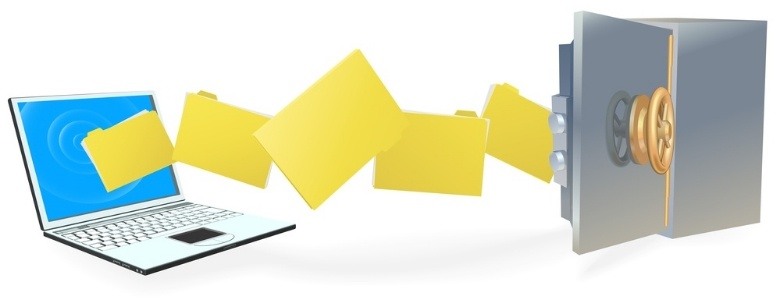
It happens to all business, regardless of size. Important business documents pile up so you put them into files, and files pile up so you put them into a file cabinet, and as the business grows, you need another file cabinet and the cycle repeats itself. There are other solutions. Virtual data rooms are often used as online filing cabinet- a corporate repository of a company's most important documents. Implementing this can help move towards a 'paperless' office.
What is a paperless office?
The word “paperless” is a bit misleading, because every business of any size will still have at least some work that is done via paper. Tax forms, snail mail, and incoming paperwork from clients are just a few examples. The difference in a paperless office is that you most often develop, keep, and transmit documents electronically.
Many business functions can easily be done without paper. You can send and receive faxes, communicate with clients and vendors, share documents with investors, conduct banking and financial activities, or invoice clients and accept their payments – all electronically, and all without the clutter of paper.
What are the advantages of a paperless office?
Working in a paperless office takes some adjustment, but the benefits realized are well worth the effort.
Thirty years ago, only the largest organizations could afford to go paperless because it was expensive to make the change. The equipment was expensive, the technology was in its infancy, and the conversion process for old records was cumbersome at best. In today’s world, though, going paperless is affordable for businesses of all shapes and sizes thanks to affordable equipment, dramatic improvements in technology, and streamlined conversion processes for old records.
Some advantages of going paperless include:
- Lower costs for paper and printer supplies
- Less space requirements for filing cabinets and physical document storage
- Increased efficiency and productivity
- Easy to reference and access electronic records
- Efficient and controlled sharing of documents, especially with other offices or outside parties
- Greater continuation in the event of a disaster
- Environmentally friendly
Isn’t it hard to make the change?
Yes and no. It is relatively easy to go paperless on a “moving forward” basis by using your computer and setting up an online repository to keep your company's documents. The challenge for many business owners is to find the time to convert old records to electronic form.
You might choose to purchase your own scanner and work through your records a little at a time. A better option for many people, though, is to use a self-serve high-speed scanning or printing center. Using a high-speed scanner is easy, convenient, and dramatically speeds up the process of converting old records.
Important Precautions
There are a important precautions necessary to ensure the safety and security of electronic files. Make sure archive your documents using a secure solution. A virtual data room is a secure option as a place to start building your corporate repository. Most VDR solutions provide robust security and strict permissions for access and sharing.
With a little bit of planning and discipline you can easily take the necessary precautions and move forward with your paperless office.





